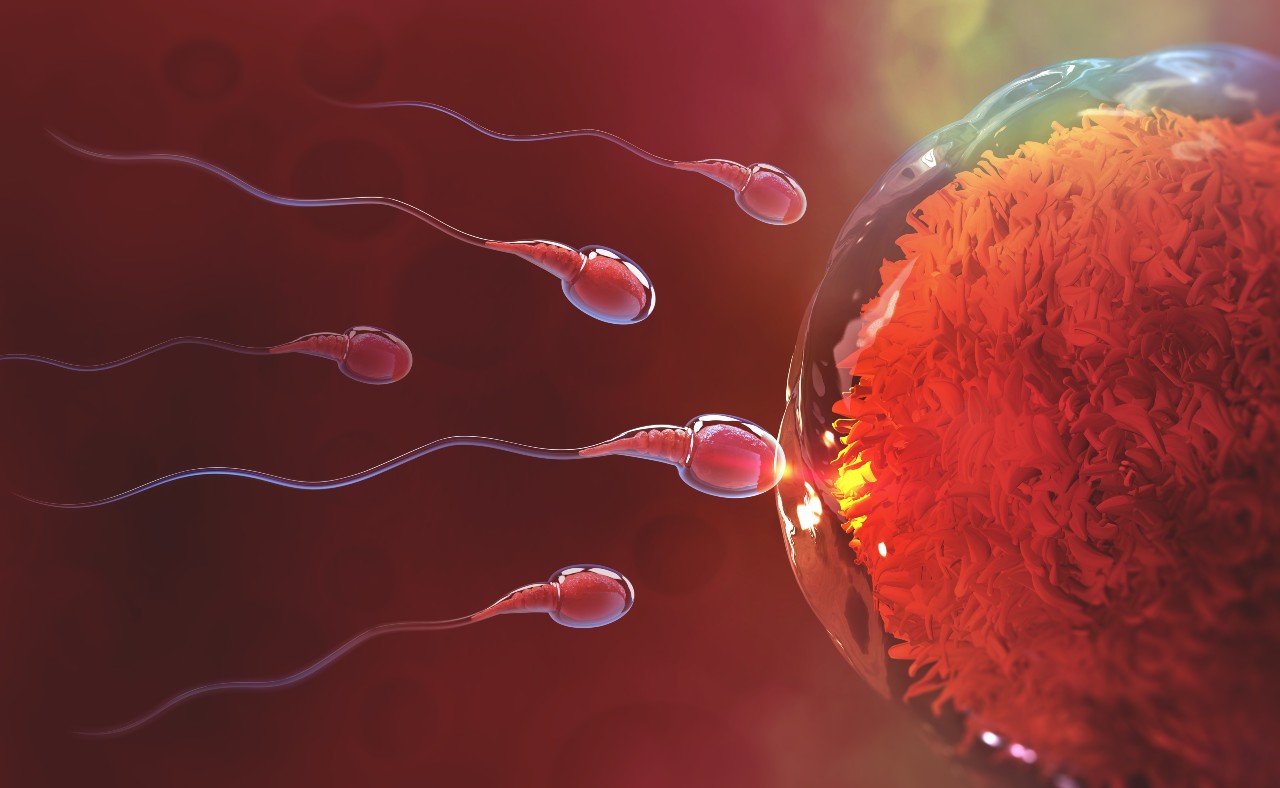Synopsis: What’s the difference between contraception and abortion? Concerned Women for America Legislative Action Committee does not get involved in policy concerning contraception. But there can be confusion about what contraception means, especially when the U.S. Food & Drug Administration defines it to include methods that terminate developing life in the womb. Check out our fact sheet to see the differences clearly laid out.
Contraception v. Abortion[1]
- Human life begins at fertilization.
- Fertilization refers to when a sperm fertilizes an oocyte; the germ cells in the sperm and oocyte unite.
- Contraception is the prevention of fertilization.
- Abortion is the termination of the development of life in the womb at any time from the moment of fertilization.
- Pregnancy is sometimes used to refer to the point after implantation in the uterus and thus excludes reference to the period between fertilization and implantation.[2] If contraception is only referred to in terms of preventing pregnancy, there could be confusion on the mechanics of the method at issue unless it is clear what is meant by pregnancy.
Understanding Current Policy Debates
Alliance for Hippocratic Medicine v. U.S. Food and Drug Administration (FDA)[3]—is this about abortion or contraception? Abortion.
- The Alliance for Hippocratic Medicine is challenging the FDA’s approval of mifepristone. The FDA authorized mifepristone for use to induce abortion.
The Right to Contraception Act[4]—is this about abortion or contraception? Both.
- The Right to Contraception Act would legislate insurance coverage for contraception.
- The FDA interprets contraceptives to include some methods that could cause abortion.[5]
The Little Sisters of the Poor[6]—is this about abortion or contraception? Both.
- The Little Sisters of the Poor are a religious order of Catholic nuns who objected to Obamacare regulations that would have forced them to cover contraception for employees. The nuns had a faith-based objection to facilitating contraception.
- The Obamacare regulations also would have forced the nuns to cover abortion. The FDA interprets contraceptives to include some methods that could cause abortion. The nuns had a faith-based objection to facilitating abortion.
[1] “Life Begins at Fertilization,” https://www.princeton.edu/~prolife/articles/embryoquotes2.html (last accessed June 13, 2023).
[2] See, e.g., “Emergency Contraception – ‘Morning After Pill,’” Yale Health, https://yalehealth.yale.edu/more/emergencycontraception-morning-after-pill (last accessed June 13, 2023).
[3] “Alliance for Hippocratic Medicine v. U.S. Food and Drug Administration,” Alliance Defending Freedom (last updated May 16, 2023), https://adflegal.org/case/alliance-hippocratic-medicine-v-us-food-and-drug-administration.
[4] Letter, Concerned Women for America (July 21, 2022), https://concernedwomen.org/wp-content/uploads/2022/11/CWALAC-Score-Letter-H.R.8373-Right-to-Abortifacients-Act.pdf (opposing H.R. 8373, the Right to Contraception Act).
[5] “Birth Control,” U.S. Food & Drug Administration (last updated Dec. 22, 2022), https://www.fda.gov/consumers/free-publications-women/birth-control.
[6] “Little Sisters of the Poor v. Commonwealth of Pennsylvania,” Becket, https://www.becketlaw.org/case/commonwealth-pennsylvania-v-trump/ (last accessed June 13, 2023).


